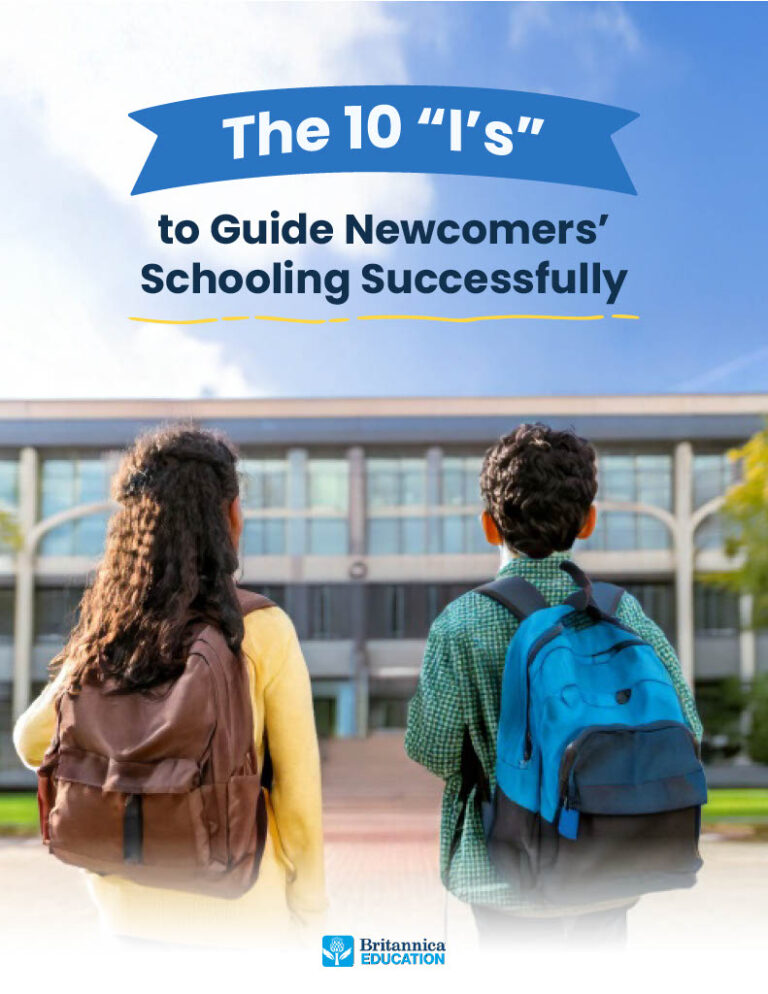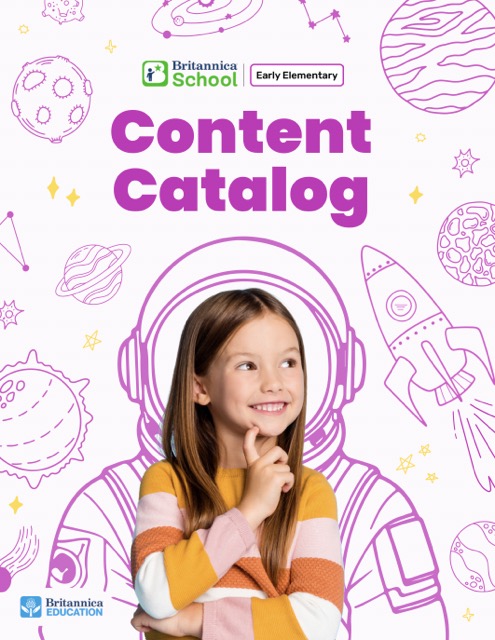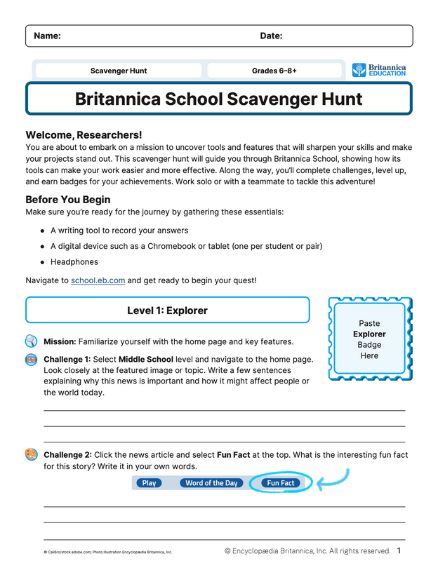The digital age is here to stay, and more teachers are taking advantage of e-books in their curriculum. Here are some of the advantages of e-books and how teachers are infusing them into lessons to provide a more dynamic learning experience.
1. Universal Access. With e-books, students have access to every book title at all times. This means that students no longer need to share titles or check books in and out. Plus, students have access to resources wherever they need them: on their own devices, at home, or in the classroom.
2. Guided Reading Across the Curriculum. Teachers can choose nonfiction titles that are related to science, math, and social studies lessons and use that content to teach key reading skills in small groups. E-books are an efficient way to get a wealth of content at the right level, for multiple groups, without printing or hunting down copies of books.
3. Informational Texts. There is a much greater emphasis on students reading nonfiction content than ever before. E-books give teachers access to a large volume and wide array of titles to match what they need.
E-book series offer flexibility in the classroom. Teachers can use the series to teach text features, vocabulary, and research skills, while each student can read the title that they find the most interesting.
4. Student Choice. E-book series offer flexibility in the classroom. For example, in the Britannica Guides Series, there are 10 different titles, all set up in the same structure. Teachers can use the series to teach text features, vocabulary, and research skills, while each student can read the title that they find the most interesting.

5. Search by MARC Records. E-books provide free linked MARC records, enabling search, discovery, and access to collections from your library catalog. E-books also make citing easy, providing APA and MLA citations.
6. In-class Teaching Tools. E-books are great to explore with the whole class. Teachers and students can insert questions and notes, highlight key sections, bookmark passages, and save it all for review. In addition, e-books are easy to share across platforms like Pinterest, Facebook, Twitter, LinkedIn, and email.
7. Partner Subscriptions. Thousands of Britannica’s nonfiction e-books for every age, reading level, and subject can also be used on any one of a number of popular platforms, including: EBSCO, Follett, GALE, MACKIN, OverDrive, and ProQuest.
8. Funding Resources. Britannica Digital Learning and DonorsChoose.org have partnered to connect educators with a thriving community of donors that are eager to fund all of your e-book needs.
9. Student-Tailored Options. Teachers can select e-books by GRL, Lexile level, and grade level to find books on the same subject at multiple reading levels. In addition, visually impaired readers can change the font size for more ease while reading.
10. They’re Great for Everyone. E-books are environmentally friendly, they are more affordable than paper-based books, and they take some of the weight off… literally! Books are so heavy!




























